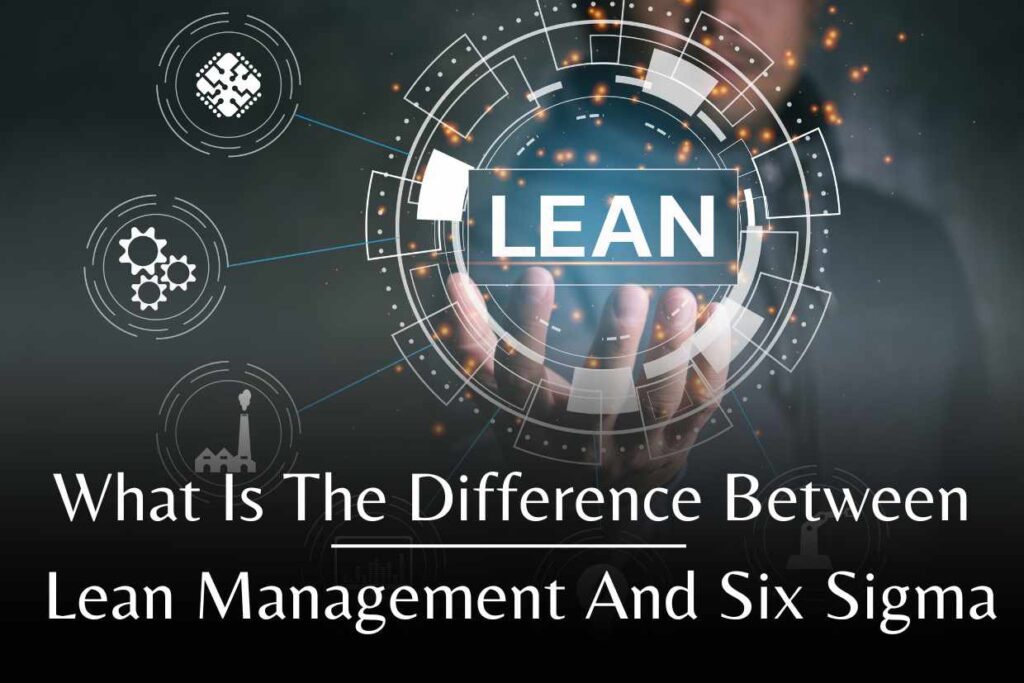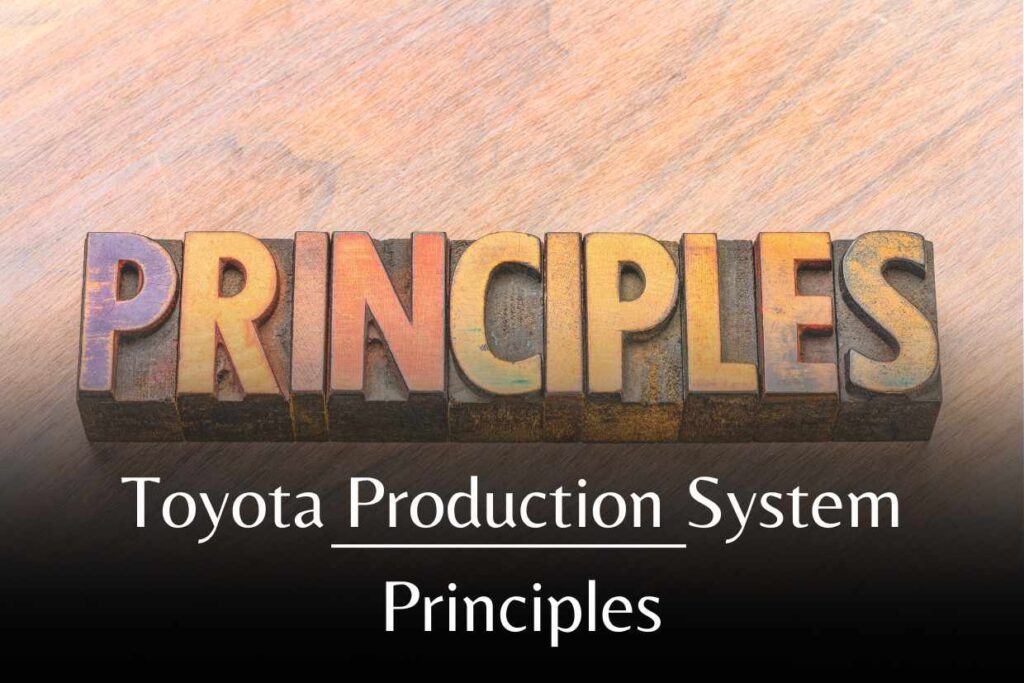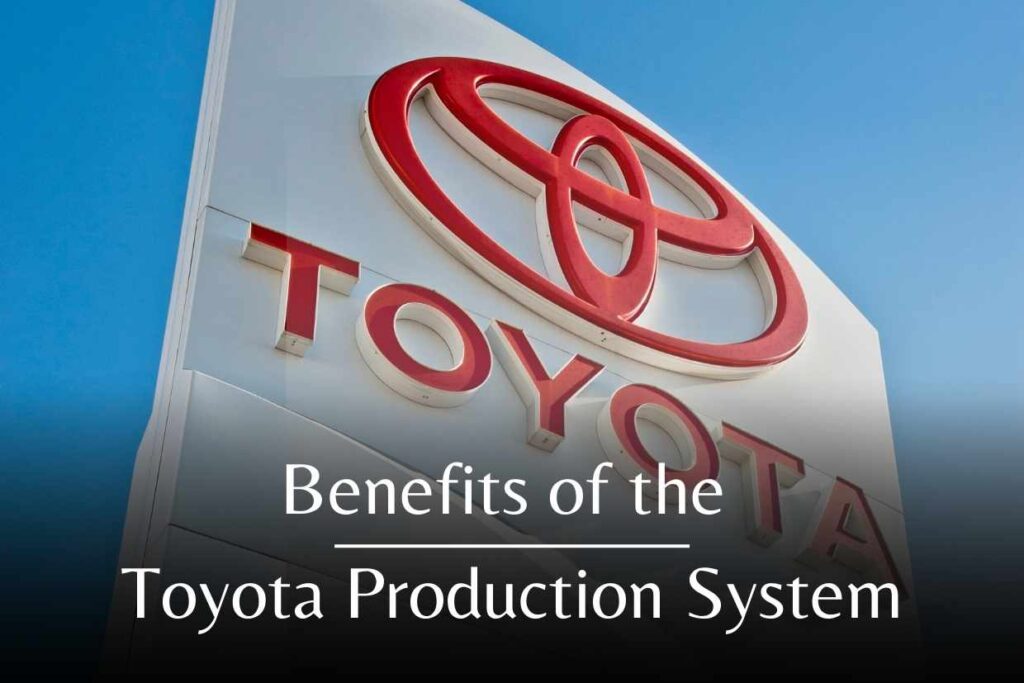What is the difference between lean management and six sigma
One of the major ongoing debates in the business world is to choose which is the best methodology between Lean Management and Six Sigma methodologies to implement in businesses. Yes, undoubtedly, there is a difference between Lean management and Six Sigma because even though they have the same end goal of creating efficient work processes while eliminating waste, they take different approaches to achieving these goals. Before discussing the difference between Lean Management and Six Sigma, let’s see the major principles in both Lean Management and Six Sigma and how these concepts are executed in businesses. What is Lean Management? Lean management is a long-term philosophical approach that focuses on continuous improvement and efficiency through small, incremental changes. It seeks to eliminate any waste of time, effort, or money. It is a methodology that aims to remove any part of the process that does not bring value to the customer. What are the Principles of Lean Management? There are five major principles of Lean Management that will make it easy to understand the methodology of Lean management thoroughly. 1. Identifying the Value This principle is designed to do what every company desires by satisfying customers with a product or service after understanding their needs on an individual basis. Then, simply adding value that corresponds to the customer’s wants and needs will suffice. The first principle is to identify what value the company needs to deliver to satisfy shareholders. After that, the company can move on to satisfying other business goals. 2. Value Stream Mapping 1. Value In Lean, value is defined through the eyes of the customer. Therefore, anything that adds value to the customer, anything for which a customer is willing to pay, is known to be the value in Lean Management. 2. Value Stream A value stream is the sequence of actions an organisation takes to provide value to customers in the form of products or services. It encompasses everything from how materials are sourced and processed to customer service policies and procedures, all the way down to delivering the final product or service quality. 3. Value Stream Mapping The process of defining and depicting the steps involved in bringing a product or service to market is known as value stream mapping in Lean Management. This procedure helps identify where resources are being consumed, how they’re being utilised, and what results have been achieved thus far. As a result, it aids managers in making informed decisions about where to allocate their time and resources. Value stream mapping can help organisations optimise the flow of value while creating a more efficient, predictable, and agile system. This process helps to identify where goods and services are being wasted or duplicated, as well as identify any potential issues with 3. Creating a continuous workflow After mastering the value stream mapping process, each team’s workflow should remain smooth so that steps that create value are executed sequentially and with high quality. This principle ensures that valuable products reach customers steadily as possible while maintaining an appropriate level of quality. By breaking down the work into smaller chunks and visualising its flow, you’ll be able to detect potential problems early on and avoid them causing delays or interruptions when providing a product or service. 4. Establishing a pull system Once the flow is initiated, customers pull value from the next level of activity. In lean methodology, creating and establishing a pull system is needed to have a stable workflow that can deliver work tasks much faster with less effort. To conserve resources, work is only pulled when there’s a demand for it. For example, a young woman goes to the coffee shop and orders chocolate milk. Then the barista prepares her chocolate milk exactly how she requested it – no additional brewing required. This happened because, at that moment, there wasn’t any customer demand for hot chocolates, so the equipment was left unused. 5. Pursuing perfection Lean leaders seek to steer their organisation in the direction of a perfect value stream by implementing continuous improvements at every level. This approach is designed to achieve perfection while eliminating waste through small adjustments that are made over time. This principle ensures that the other four principles are followed consistently and continuously. The principles of “5S” work together with Lean management to create a successful workplace. Here are the 5S concepts and their translations into English. Seiri à – Organized. Seiton à – Order Seiso à – Cleanliness Seiketsu à – Standardization Shitsuke à – Discipline Pillars of Lean Management. There are 2 pillars of Lean, and they are Continuous Improvement and Respect for people. When used correctly, these guiding pillars help in smarter decision-making and guide companies toward turning into smarter, more productive systems. 1. Continuous improvement Continuous improvement (Kaizen) is a way to make things better by finding ways to streamline work and reduce waste. This helps speed up the delivery of value and can lead to great results. Kaizen is based on ideas from Lean Management, and it’s used by many businesses around the world. When implemented well, Kaizen can save lots of money and make things faster and better. 2. Respect for people The second pillar of Lean management is respecting the people and organisations that practice Lean management respects the people involved in this process, including customers, employees, and team members at all levels. What are the wastes introduced in lean management? Reducing waste is one of the most essential concepts in Lean manufacturing. According to lean thinking, waste is defined as something that the customer does not pay for. Therefore, it does not add value to any product, service, or feature. So getting rid of them is critical, and businesses of all sizes struggle with all kinds of exorbitant waste. There are 8 major types of waste introduced in Lean Management. The followings are those 8 wastes of Lean Management which are given by the acronym DOWNTIME, which stands for Defects, Over-production, Waiting, Non-utilized talent, Transportation,
What is the difference between lean management and six sigma Read More »







